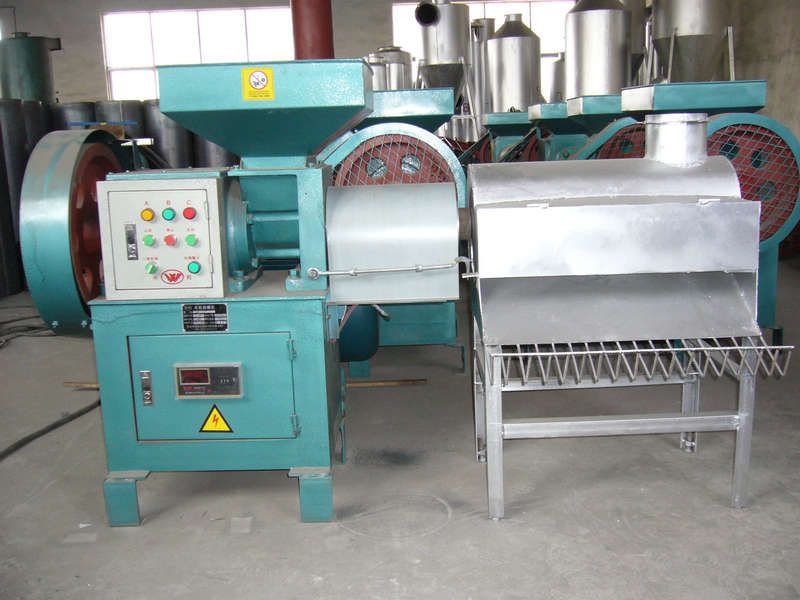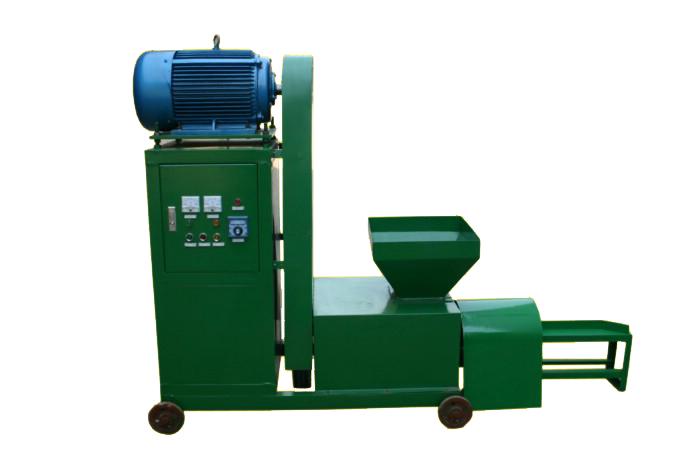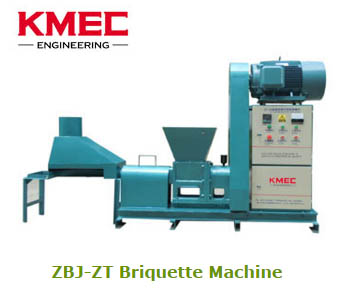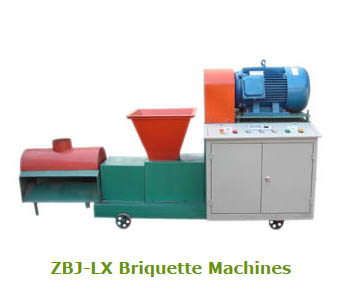The briquette charcoal development across the world
The briquette charcoal development across the world
Worldwide, 2.4 billion people use wood, charcoal other plant materials (biomass), and coal as their primary source of cooking fuel. In developing countries, the burning of biomass accounts for up to 80% of all household fuel use. Widespread burning of unprocessed biomass has well-characterized impacts on health and environment. Deforestation also causes soil erosion, increasing vulnerability to flooding and causing low crop yields from farms. The fuel from the field team developed a method of producing charcoal from previously unused agricultural waste products. Charcoal provides significant advantages over raw biomass fuel because the process of carbonization reduces the particulate emissions, and reduces the risk of developing respiratory infections.
To date, the solid biomass forming technology has been showing the tendency to its maturity. Besides, relevant systems and standards are being set up to form a complete industrial chain and model from biomass material collection to production of briquette and charcoal, distribution and application of the biofuel. 2005 saw the production of solid biofuel total more than 4.2 million tons, among which American continents accounted for 1.1million, 3 million tons in Europe respectively. And in 2007 alone, more than 5 million tons of solid biomass fuel was generated. Hundreds of briquette plants and charcoal plants made a huge contribution to the impressive progress. The production capability of an individual plant reached 200,000 tons annually on average.


Standards on solid biofuel of the EU have been set down since 2000. According to the requirements from European Union, regular seminars and conferences should be held under the guidance of CEN (Committee of European Standardization) to recognize and map out a series of technical regulations on solid biofuel. The CEN has hitherto established 30 technical manuals classified in terminology, specification, category and quality guarantee; sampling and preparations of samples; physical (or mechanical) tests; chemical tests and so forth. All the members of the CEN are bound to hand over opinions and advice on standards regulations in a bid to set up unanimous standards used within the European community.
READ: How To Learn Production Technology Of Briquette Press
The solid biofuel forming technology has been advanced for more than decades. In particular, over the past decade, a huge progress has been made apparently, among which, the screw-type
briquette machine was developed a lot. Before the upgrade, the commonly seen troubles and failures of the briquette press include, severity of mold, short service life and large consumption of power leading to a quite high comprehensive costs stalling the development of briquette making industry and marketing of briquette presses. Since 2000,
briquetting technology has been improved and optimized, with the scale production of briquette machines having come into being.
---------------------------------------------------------------------------------------
We would like to make a detailed comparison between screw type briquette machine, mechanical stamping briquette machine and hydraulic briquette machine so that you will comprehend the three types of briquette machine well.





